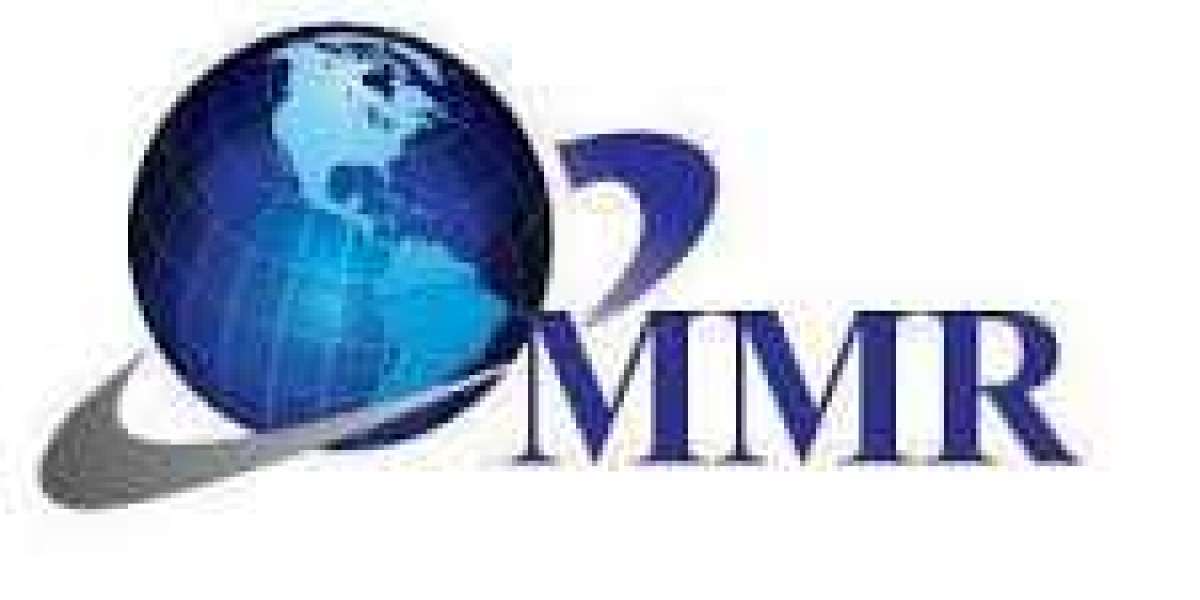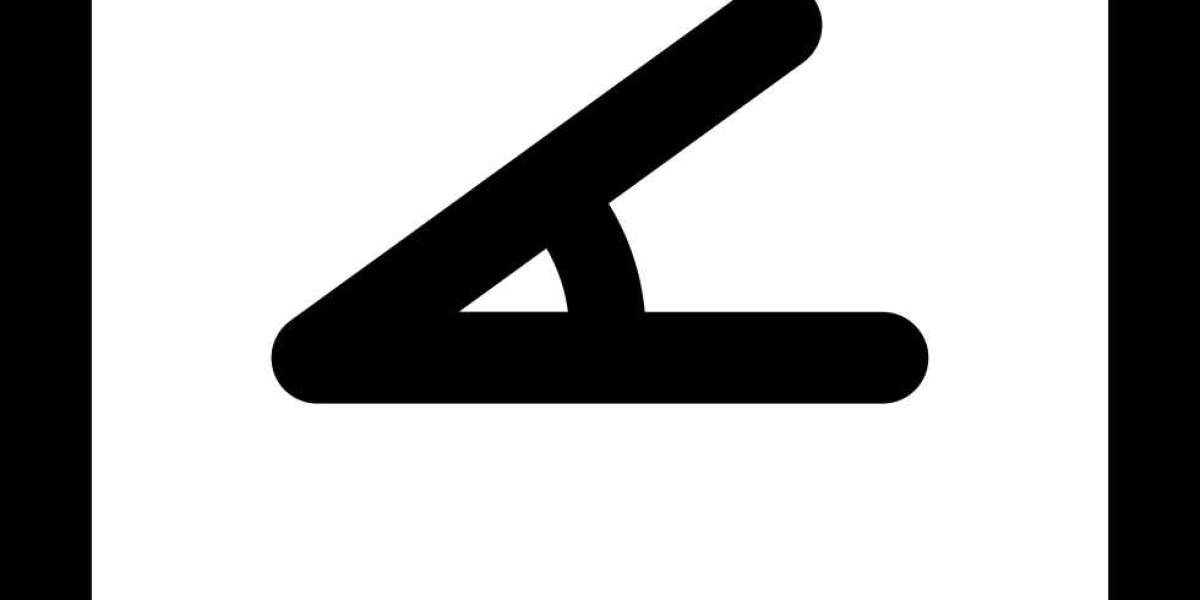Massage increases blood flow to the right muscles, speeds up the supply of nutrients they need to function properly, and at the same time provides them with metabolic waste that can cause pain and slow recovery. Of course, if you don't move during the day, your blood flow will be reduced, so a massage is a good way to get everything back on track.
Repeated use of a standing position (eg sitting at a table all day) can cause muscle fibers, called adhesions, to stick together. These adhesions restrict movement and, if left untreated, can lead to full muscles that become hypertonic and eventually painful. Proper massage can move the problem tissue, lengthen it and break off the adhesions until it is possible to restore the normal range of motion.
Think of your muscles as a system of ropes and pulleys over your skull. Usually everything moves smoothly, but if one of the cords is too short or too weak, it will stretch or even break. The same thing happens with your muscles when they are not working properly, so massage not only heals injured tissue, but also prevents damage by keeping all your "ropes" moving well, being smooth and the right length. If you are a dedicated athlete, massage may be necessary to recover quickly from muscle fatigue, allowing you to return to sports more quickly without the use of painkillers or anti-inflammatory drugs.
During the massage, I used very little oil to maintain a good grip, then I felt the problem area to identify the hard tissues. When treating specific problems, I always focus on only one part of the body. I use deep tissue massage and various techniques that may involve moving the client's position to stretch, contract or access the muscles, which can only be achieved from certain angles.
One of the neuromuscular techniques that is popular with my clients is loosening trigger points, where I find specific points of discomfort and hold back until I feel the muscles beneath them relax. It helps weaken tense muscles, restore blood circulation and reduce specific areas of nerve overexcitation.
Not only do I look at a muscle or area where pain is present, I also look at related structures and reference areas of pain. My goal is to rebalance muscle groups and work along specific chains of muscle movement. So if your wrist hurts, I can also treat your neck, and if you have narrow calves, I can also treat your crosses.
At physiotherapy in West London, I am often taken to a client who is later recovering to work muscles that are strained by compensatory patterns and new problems that arise in response to her recovery, rather than a man who has different weeks of flow and then the upper body. the body develops. pine tightness. Releasing and releasing problem tissues is my job with a physiotherapist who helps heal the person as a whole.
Although sports massage is a deep tissue treatment, it demonstrably relaxes and calms the mind and calms the body, relieving pain and aches. I hope that through the whole experience you will feel physically and mentally advanced and ready for what will be your next challenge.







